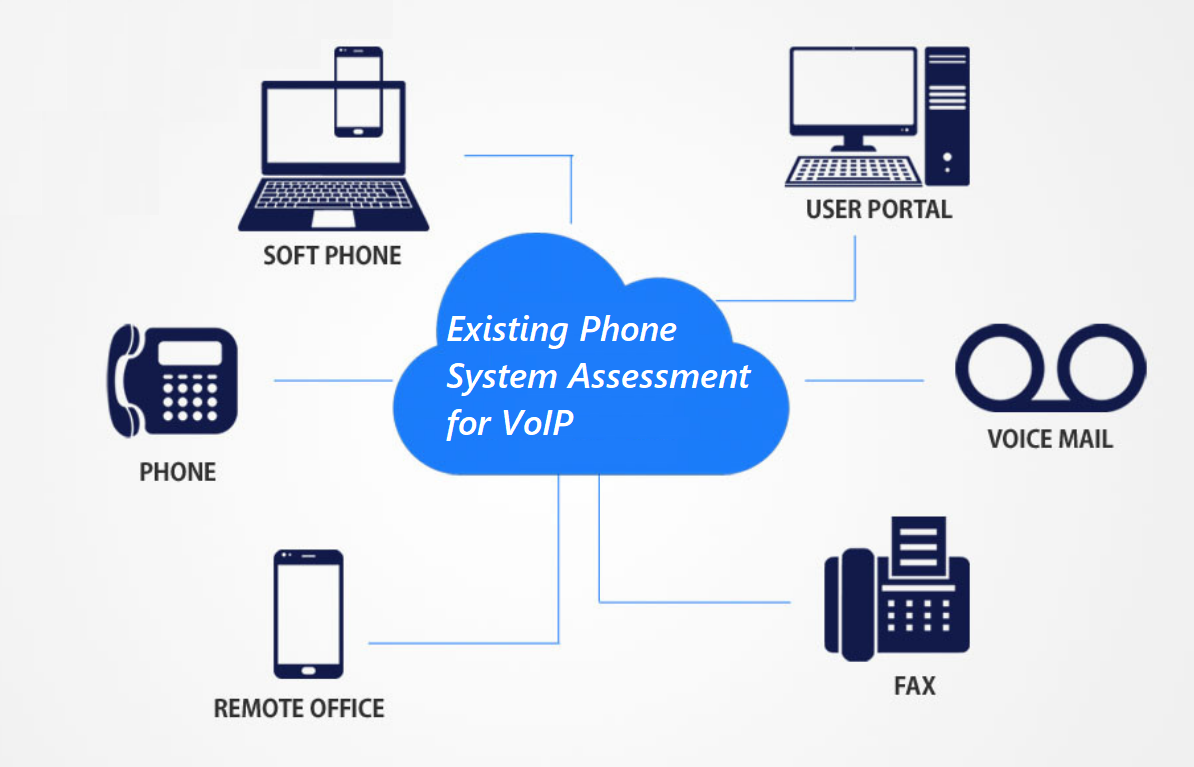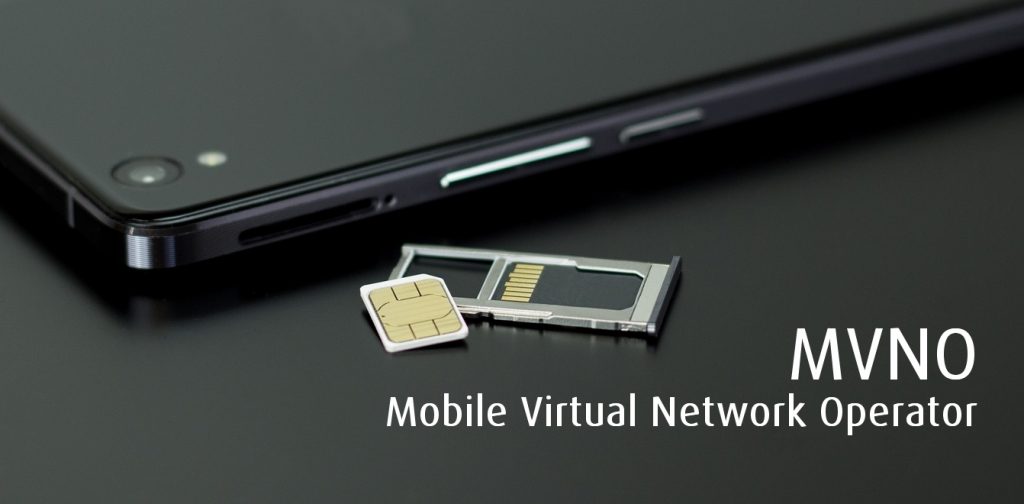Existing Phone System Assessment for VoIP
When considering a transition to Voice over Internet Protocol (VoIP), it is important to assess your existing phone system to determine its compatibility with VoIP and identify any necessary adjustments or upgrades. Here are the key steps to assess your existing phone system for a VoIP transition.
Infrastructure Evaluation
Assess your current phone system infrastructure, including the PBX (Private Branch Exchange) or key system, phones, wiring, and network equipment. Determine if your existing infrastructure is compatible with VoIP or if it requires any modifications or replacements.
Phone Compatibility
Check if your current phones are compatible with VoIP. Some traditional analog phones may not work directly with VoIP systems. Evaluate if your phones support Session Initiation Protocol (SIP), a common VoIP protocol, or if you need to invest in IP phones specifically designed for VoIP.

Network Readiness
Evaluate your network infrastructure to determine if it can support VoIP traffic. Assess available bandwidth, network stability, latency, jitter, and packet loss. Conduct network assessments to identify any network issues that could affect call quality and reliability.
Connectivity Options
Determine the connectivity options available for VoIP. Assess if your current internet connection can handle the additional bandwidth required for VoIP calls. Consider upgrading to a higher-speed broadband connection or dedicated internet access if necessary.

Wiring and Cabling
Evaluate your existing wiring and cabling infrastructure. Determine if it can support VoIP requirements, such as Power over Ethernet (PoE) for IP phones. Ensure that your cabling infrastructure meets industry standards for VoIP deployment.
Feature Mapping
Identify the features and functionalities offered by your current phone system. Map these features to the equivalent or enhanced features available in the VoIP solution you are considering. Ensure that the VoIP system can meet your business needs and provide the desired capabilities.
Integration with Other Systems
Evaluate if your current phone system integrates with other business systems, such as customer relationship management (CRM) software, call center applications, or collaboration tools. Assess the compatibility of these systems with the VoIP solution and ensure a smooth transition without disrupting critical business processes.
Cost Analysis
Perform a cost analysis to compare the expenses associated with your existing phone system and the anticipated costs of implementing VoIP. Consider factors such as equipment costs, licensing fees, maintenance, and ongoing operational expenses. Evaluate if the long-term cost savings and benefits of VoIP outweigh the initial investment.
- Training and Support: Assess the training and support requirements for your employees during the transition to VoIP. Determine if additional training will be needed to familiarize users with the new VoIP system. Consider the availability of vendor support and technical assistance to ensure a smooth migration and ongoing support.

By conducting a comprehensive assessment of your existing phone system, you can determine the feasibility of transitioning to VoIP, identify any necessary infrastructure upgrades, and develop a migration plan that minimizes disruptions to your business operations.
When assessing VoIP hardware and equipment compatibility, consult with your VoIP service provider or a qualified IT professional to ensure accurate compatibility information. They can help you determine the best course of action, including any necessary upgrades or replacements, to ensure a smooth transition to VoIP while maintaining optimal call quality and functionality.
Overall, VoIP offers a cost-effective, flexible, and feature-rich communication solution for businesses of all sizes. It revolutionizes the way voice communication is conducted by leveraging the power of the internet to provide efficient and scalable voice services. VoIP systems enable businesses to tailor their communication infrastructure to their specific needs and gain a competitive edge in today’s fast-paced business landscape.
VoIP Relevant Articles:
- Cost Savings (Click to find out)
- Scalability and Flexibility (Click to find out)
- Advanced Features and Integration (Click to find out)
- Mobility and Remote Work (Click to find out)
- Improved Collaboration and Productivity (Click to find out)
- What’s VoIP and its Key Benefits (Click to find out)
- Bandwidth and Internet Connection (Click to find out)
- Quality of Service (QoS) (Click to find out)
- Network Security (Click to find out)
- Infrastructure Evaluation (Click to find out)
- Existing Phone System Assessment (Click to find out)
- Hardware and Equipment Compatibility (Click to find out)
- Power and Backup Solutions (Click to find out)
- Upgrading Your Business to VoIP Services (Click to find out)
- VoIP Systems (Click to find out)
By Abdul W Moghul
 MVNO MVNE MNO Mobile & Telecoms industry intelligence Telecoms Jobs, News and Business
MVNO MVNE MNO Mobile & Telecoms industry intelligence Telecoms Jobs, News and Business






